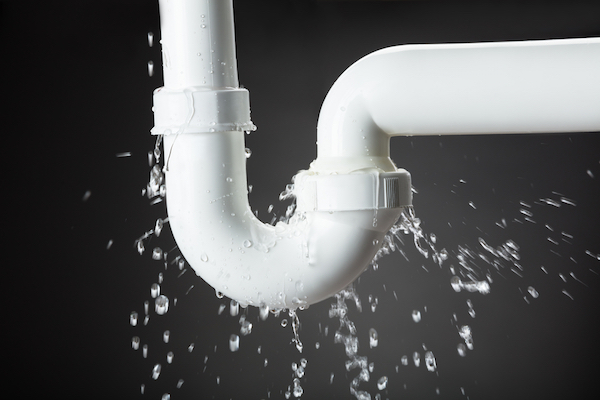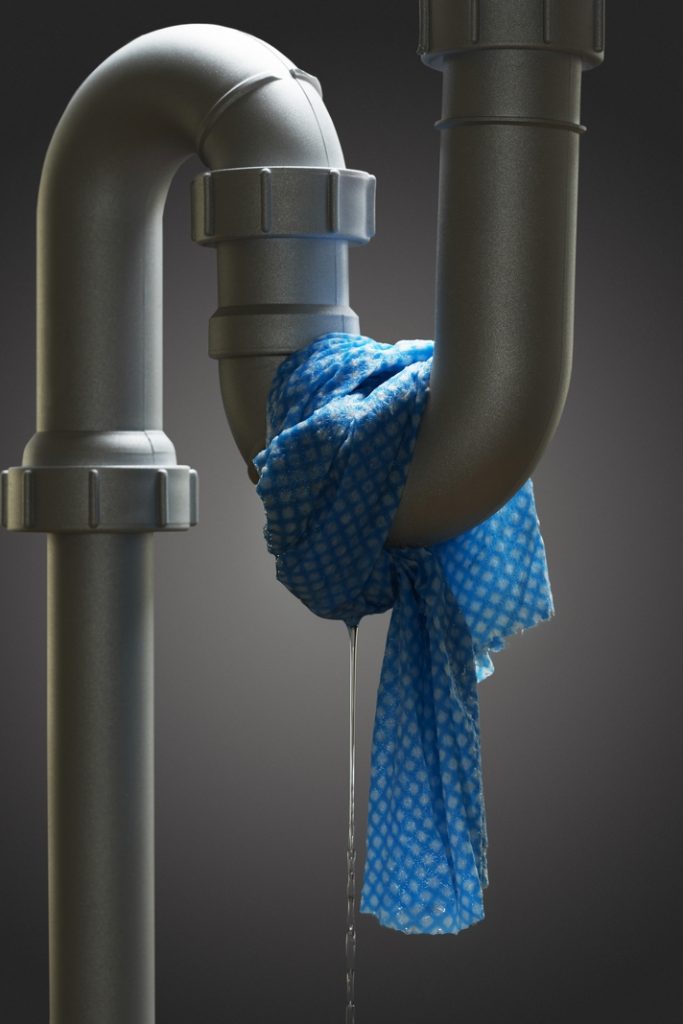The article down below involving How to Stop a Pipe Leak While You Wait for a Plumber is without a doubt enlightening. Read it for your own benefit and figure out what you think about it.

There is going to be one time in your life that you will certainly need to either call a plumber to repair that dripping pipe or repair the dripping plumbing pipeline yourself yet before you do there is some details you must know before you try that plumbing repair.Depending on what kind of pipeline is dripping will rely on what kinds of tools and also installations you will require to do the plumbing repair work. An additional thing to consider is the area that the pipe remains in, the more challenging it is to get to or access the more difficult it will be to fix the pipe.Most common sorts of plumbing found in houses are pvc, steel, cast iron, as well as copper. Usually copper pipeline and pvc pipeline can be repaired by the resident of the leak is little enough, and also most equipment stores or home renovation stores will have what you require to get the task done.If the pipeline that is leaking id steel, lead (Lead bend) or cast iron you will want to call your neighborhood plumber because there kinds of fixings will call for expensive plumbing tools and also skilled specialist understanding to do the work correctly.
HOW TO EMERGENCY REPAIR LEAKY PIPE
Prep for a Temporary Repair
First, you’ll want to make sure you find a container, such as a bucket or trash can, to catch the leaking water to minimize damage to your finishes. Most leaks originate from weakened pipe joints as a result of aging, vibration and water hammer (or banging pipes).
Next, locate the main water valve (usually in the home’s basement, crawl space or mechanical room) and turn it off. Now, it’s time to drain down the system – open all faucets within the home and drain the system from a faucet at the lowest location in the home or closest to the main shutoff valve. This will help the water flow freely while draining. In multi-level homes, draining the system from the lowest level will allow gravity to do the job of emptying the system. In single-level dwellings, draining the system as close to the main water valve as possible will prevent water from being trapped in the system.
Once you have the leak under control, immediately clean up any remaining water that has made its way to your floors, cabinets, walls, etc. If water sits too long on surfaces, like particle board or laminate material (which are commonly used underneath cabinets), it can quickly cause the area to mold and deteriorate.
Upon completing a variation of these steps, you can now begin repairing your leak. The following products on our list can be used on any type of pipe CTS (Copper Tube Size) or IPS (Iron Pipe Size). Additionally, it’s critical to ensure the size of the repair clamp or coupling corresponds with the size of the pipe. For example, if a leaky pipe is a CTS (Copper/CPVC), then you should select a clamp/coupling for CTS pipe.
Each of these products offers its own unique pros and cons. Silicone tape and epoxy putty are typically the easiest and most affordable routes for homeowners; however, they don’t always provide the best desired results and are not long-term solutions. A repair clamp is also user-friendly and would provide a strong seal that in most cases, will remain long-term.
Patch with Epoxy Putty
Epoxy putty is an extremely user-friendly and versatile repair compound that adheres to just about any surface to plug leaks, fill in cracks, holes and more. Most epoxy products, like Oatey’s Fix-It Stick, are a two-part epoxy. When these parts are kneaded together by hand, a chemical reaction occurs that causes the mixture to heat up and harden in minutes. The putty can then be placed directly over a leak hole to create a watertight seal.
Install Mechanical Pipe Repair Clamp
A variety of mechanical pipe repair clamps are available at any local hardware stores. Generally, these repair clamps will contain a metal sleeve with a fixed gasket and one to multiple fasteners. With the gasket positioned over the leak, the fasteners are tightened, and the sleeve will compress the gasket creating a watertight seal.
Use a Repair Coupling
A repair coupling is a length of pipe with compression fittings at each end. Each fitting contains a ferrule or gasket and threads on the ends of the pipe. When theses fittings are tightened, the ferrule or gasket is compressed and creates a watertight seal.
Seal with Silicone Tape
Finally, there are several self-fusing silicone tapes (or waterproofing repair tapes) on the market that can come in handy when trying to block a leak quickly. So, you might be asking yourself what we mean by “self-fusing.” Once silicone tape is wrapped around pipe, it undergoes an immediate chemical reaction. This causes the tape to bond to itself, harden and form an airtight seal around the weakened joint. The convenience of using this type of tape is that it doesn’t require the use of a messy adhesive or glue – silicone tape simply wraps to itself. On average, silicone tape will reach a complete bond in approximately 24 hours.
https://www.oatey.com/faqs-blog-videos-case-studies/blog/how-emergency-repair-leaky-pipe

As an avid person who reads on How To Repair Leaking Pipe Instantly, I imagined sharing that portion was sensible. Those who enjoyed our blog posting plz be sure to share it. We cherish reading our article about How To Fix Leaky Pipes and Joints.
Contact
Comments on “Exactly How to Fix a Leaking Pipeline”